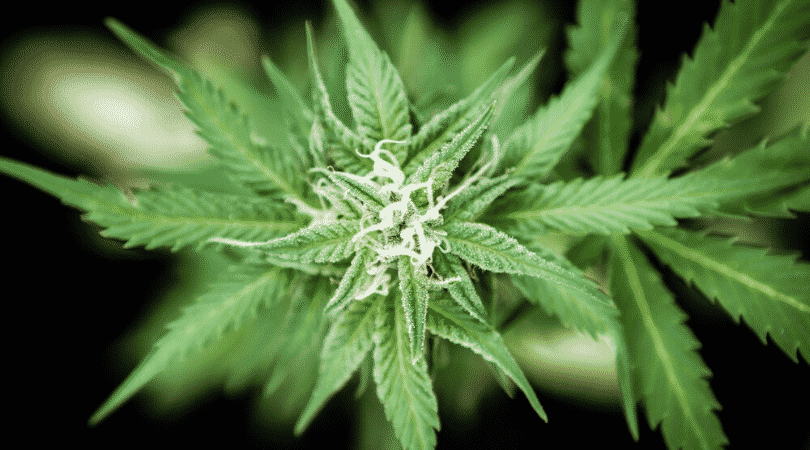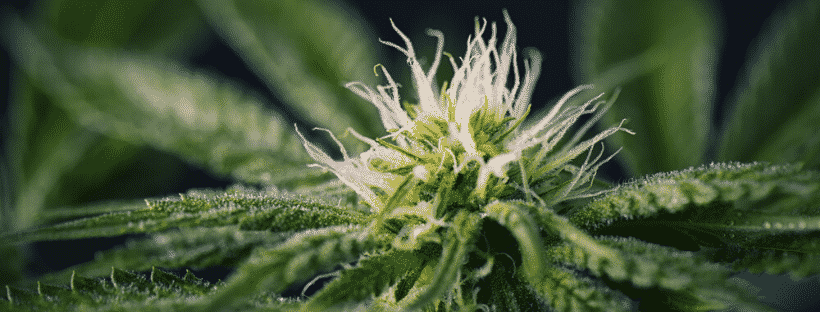In discussions about cannabis, most people focus on indica, sativa, or hybrids. However, there is another type of cannabis, Cannabis ruderalis. You are less likely to find ruderalis in your local dispensary or available from an online retailer since few people choose to consume it. Instead, it is more commonly used as a parent strain for hybrids. So what is Cannabis ruderalis, and what makes it different?
Introduction to Cannabis Ruderalis
Cannabis ruderalis is a separate species of the marijuana plant, with the others being Cannabis indica and Cannabis sativa. Ruderalis is natively wild in Russia and Central Asia.
It Is Hardy
One of the critical traits of ruderalis is that it is incredibly hardy. It has adapted to thrive in some extremely harsh conditions, which allows it to withstand poor conditions while growing. This is one of the reasons it is popular as part of hybrids since it can give the resulting hybrid strain additional hardiness.
Size and Appearance
Compared to indica and sativa, ruderalis tends to be much smaller. It usually only grows 1 to 2 1/2f feet tall. Cannabis ruderalis also produces stalkier plants, with more side branches and leaves that are shaped like palmates and narrower. The small size of ruderalis makes it popular among growers with small spaces, including those in search of medical marijuana.
Yield
Due to the reduced number of branches and the smaller size of ruderalis compared to the other species of cannabis, the flower yield is lower.
Autoflowering
One of the unique and highly sought-after features of cannabis ruderalis is what it is known as autoflowering. This means that the plant does not have specific lighting requirements and does not rely on lighting cues to determine when to flower. Instead, the plant will automatically begin flowering at the appropriate time in its growth cycle.
This trait means that you can grow ruderalis outside regardless of the lighting conditions or the time of year. If you grow it inside, you do not have to carefully time different types of lighting, which you would have to do with most other cannabis plants.
In terms of practicality, autoflowering means that no matter how many hours of light are in the day or the quality of light, the ruderalis plant will start flowering three or four weeks following its sprouting from seeds.
Autoflowering contrasts with photoperiod plants, which is what sativas and indicas are. Photoperiod plants will only start producing their flowers once they have at least 12 hours of darkness every day. This requires growers to trigger flowering via lighting adjustments.
Experts think that ruderalis evolved this autoflowering trait because of where it originated. Those areas experience regularly changing light cycles with plenty of limitations.
Ruderalis Has More CBD and Less THC
Among the differences in the biology of Cannabis ruderalis compared to the other types of marijuana, it tends to have naturally higher cannabidiol (CBD) content. As a refresher, CBD is a non-psychoactive cannabinoid found in cannabis, and it has been experiencing a rise in attention and use in recent years.
In addition to its high CBD content, ruderalis is known for having less tetrahydrocannabinol (THC), which is the psychoactive cannabinoid that produces the high associated with marijuana. The small quantities of THC in ruderalis is why it was not traditionally included among marijuana options, as most people who smoked wanted to get high. Now that other uses for cannabis have come into the limelight, ruderalis is experiencing a growth in popularity.
History of Ruderalis
Experts believe that Cannabis ruderalis first developed throughout Asia and Eastern and Central Europe, particularly in Russia. It likely developed thousands of years ago. The name “ruderalis” comes from “ruderal,” referring to a plant species that was the first plant to colonize land humans previously disturbed. Ruderalis continues this trend that led to its name today, as you can frequently find it in high-traffic areas.
The first classification of Cannabis ruderalis was by D.E. Janischewsky, a Russian botanist, in 1924. As he studied cannabis, he noticed that one of the plants had different seeds, sizing, and shape than the other cannabis plants that had already been classified.
Ruderalis Is Popular in Hybrids
While most people who want to get high will not choose to smoke a pure ruderalis strain, it is commonly found in hybrids. Hybrid breeders will incorporate ruderalis in the parentage of a new strain to gain some of its advantages over indica and sativa. Specifically, most breeders who use ruderalis want to include its short growing cycle, autoflowering, or high CBD content. Some breeders will also use it to encourage smaller, shorter plants that are easier to grow inside.
Examples of Ruderalis Strains
As mentioned, although you can find some strains of Cannabis ruderalis, it is much more common to see a hybrid that contains it. The following list includes strains that have at least some ruderalis in them.
Northern Light Automatic
Northern Light Automatic takes the famous Northern Light, which is an indica strain and combines it with Cannabis ruderalis to add in autoflowering. Northern Light Automatic provides durable genetics and quicker flowering times. The strain has green to purple buds featuring shiny white trichomes. The THC concentration is typically around 14 percent. Expect flavors like sweetness, pine, and earth.
Quick One
Quick One is another indica-ruderalis hybrid, and its name gives away the goal of the breeders who created it. The breeders wanted to develop a strain that could be harvested as quickly as possible. They crossed an indica with Lowryder 1, which is an autoflowering strain of ruderalis. The result is a 13 percent THC strain with a funky terpene profile that also includes hints of citrus.
Conclusion
Cannabis ruderalis is one of the main species of cannabis. This plant is hardy and has a short growth cycle. It is also known for autoflowering, high CBD content, and low THC content. As such, ruderalis is not popular among those who want the psychoactive effects of cannabis, but it is popular for those who want CBD without psychoactive effects and among breeders who wish to take advantage of its traits. Ruderalis is also commonly found as a parent strain in hybrids.





Comments are closed.